00:00
⚠️ Heads up: The government shutdown is over, but National Park services are reopening in stages. Please check the park's official website before your visit.
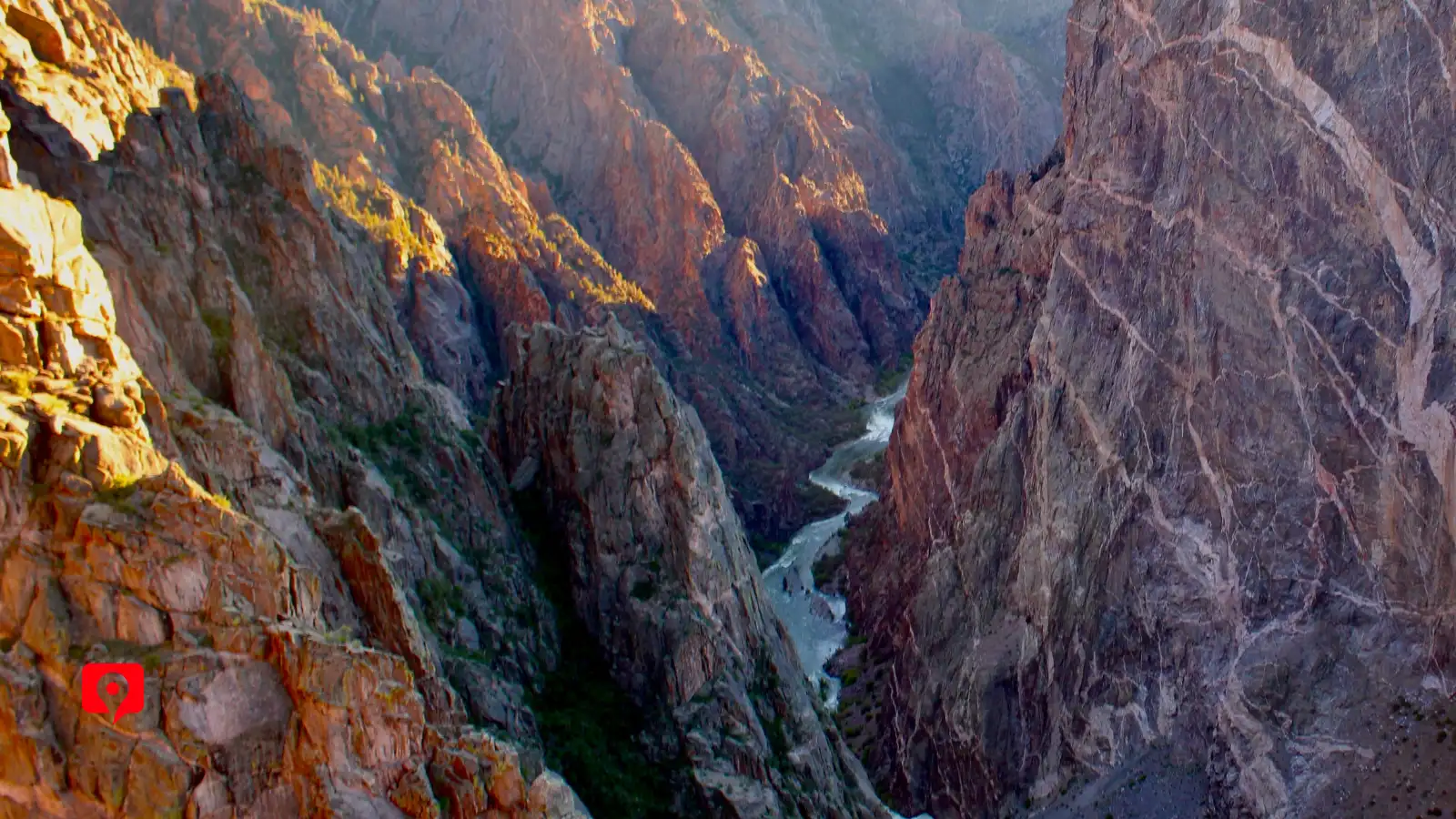
Embark on an unforgettable journey through Black Canyon of the Gunnison National Park, where the ascent from the valley floor to the rim unveils a dramatic tapestry of landscapes. As you ascend from the Gunnison River, the route winds through rugged terrain and dense scrublands, whispering tales of early settlers and geological wonders. The park’s entrance, nestled partway up the canyon walls, offers a glimpse of the majesty that awaits.
Ascending to the main viewpoints, Tomichi Point and Gunnison Point reveal expansive vistas of the deep, narrow canyon carved by the relentless Gunnison River. Higher still, Sunset View presents spectacular dusk scenes, while Pulpit Rock Overlook provides breathtaking panoramic perspectives. The journey culminates at the summit, where Cross Fissures View showcases dramatic vertical rock formations, and Painted Wall View unveils Colorado’s highest cliff face, adorned with striking patterns resembling an artist’s brushstrokes. This immersive drive connects you deeply to the geological history and pioneering spirit of the American West.
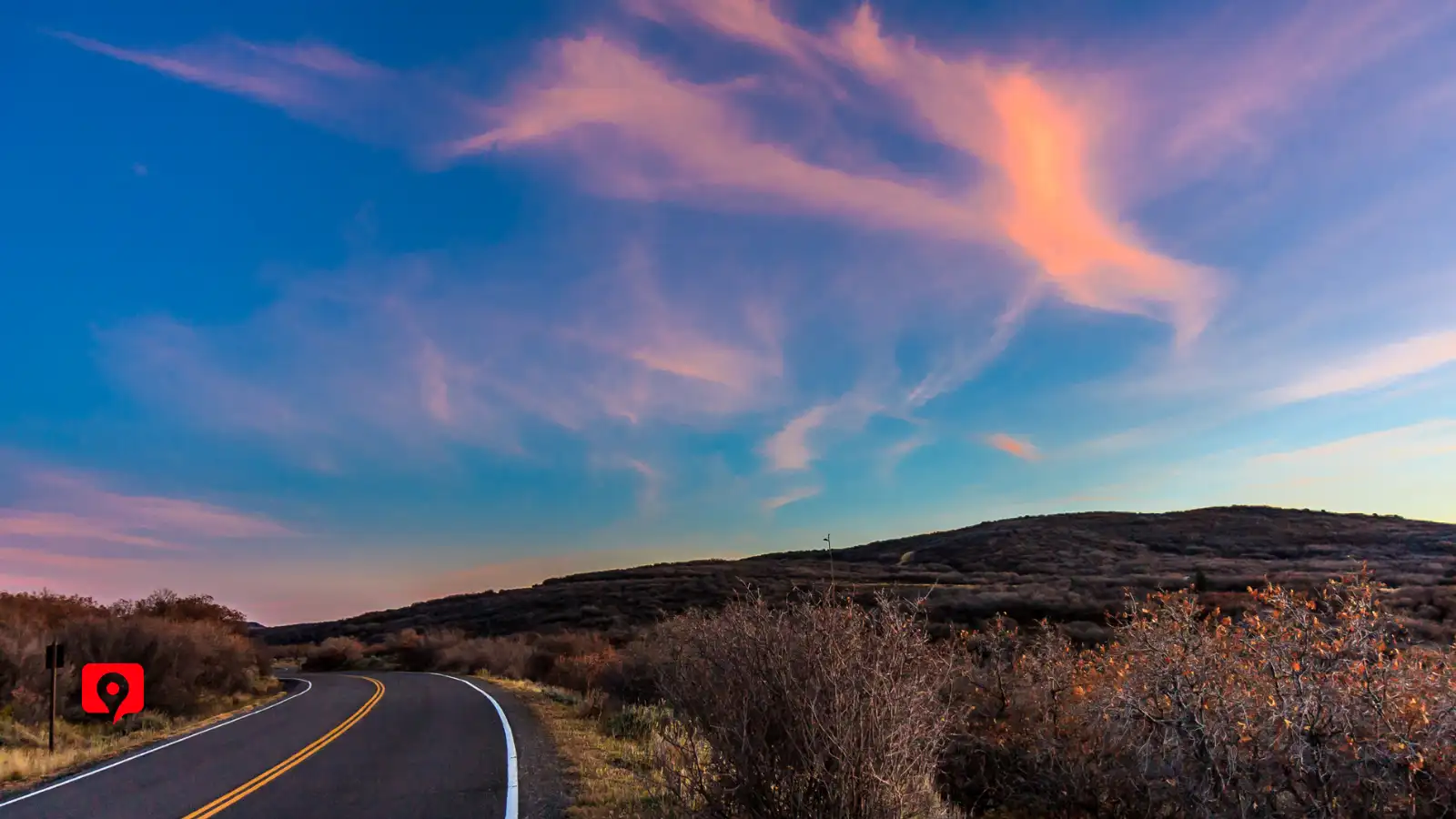
Major Airports
For travelers visiting Black Canyon of the Gunnison National Park, the nearest major airports offering a broad range of airlines and flight options are somewhat distant. Denver International Airport (DEN) in Colorado is the largest nearby airport, approximately a 4-5 hour drive from the park. This airport provides extensive national and international flight connections.
The Closest Airports
The closest regional airports to Black Canyon of the Gunnison include Montrose Regional Airport (MTJ), which is about 20 minutes from the park’s South Rim. Montrose offers flights primarily from Denver and other regional hubs, making it a convenient choice for direct access to the park. Rental car services are available at this airport, providing easy access to the park.
Another relatively close airport is Grand Junction Regional Airport (GJT), located about 1.5 hours away from the park. This airport has flights connecting to major cities across the Western United States and also offers rental car facilities.
The main route to Black Canyon of the Gunnison National Park is U.S. Highway 50. This highway connects the park with Montrose to the west and Gunnison to the east. From Montrose, visitors can take CO Highway 347 directly north to the South Rim of the park, providing easy access to the main visitor areas. This route is essential for accessing the park’s dramatic views and extensive network of trails. Together, U.S. Highway 50 and CO Highway 347 serve as the main access points, making it straightforward for visitors traveling from both nearby cities and farther afield.
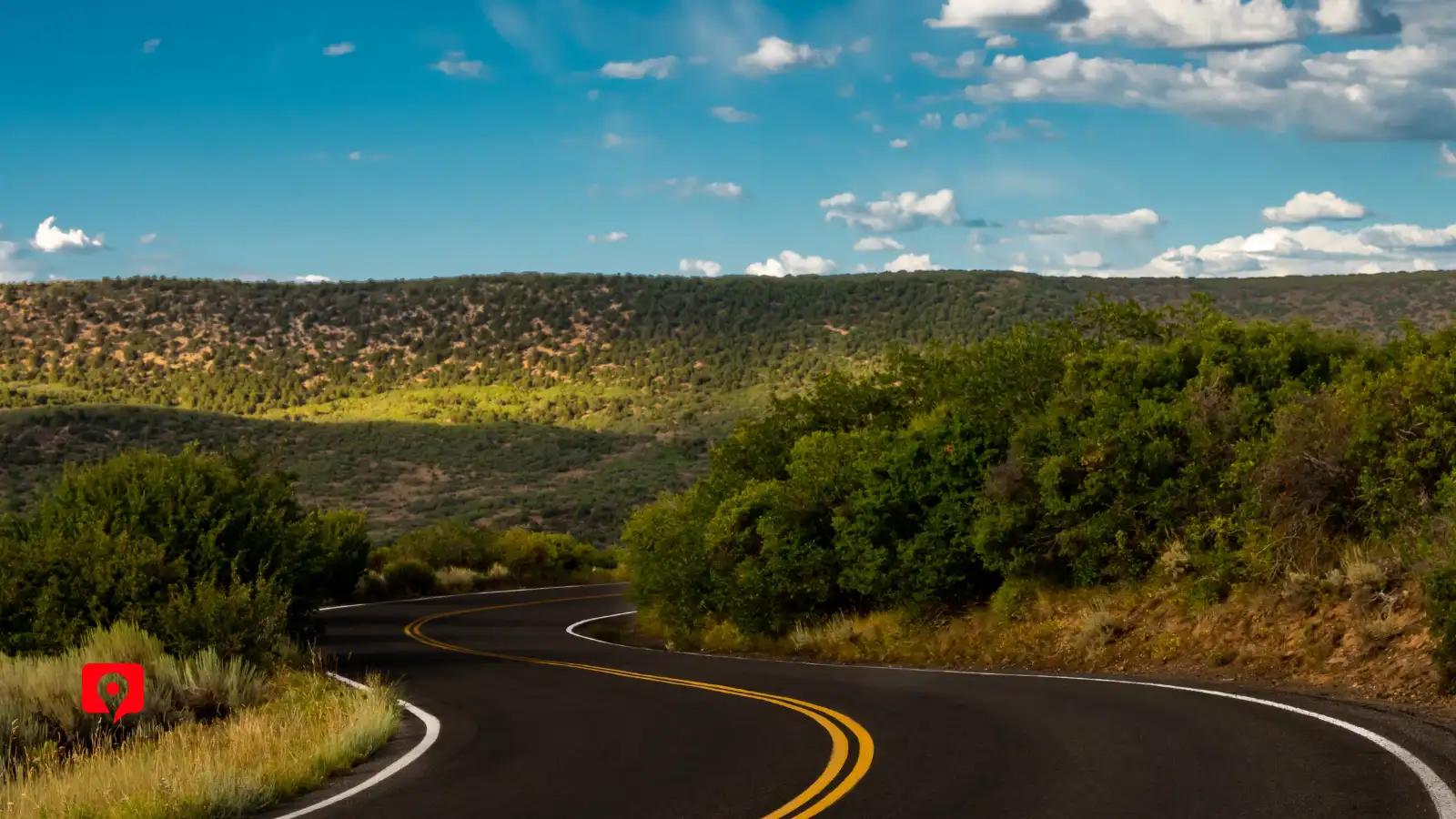
Getting Around
To best explore Black Canyon of the Gunnison National Park, a private vehicle is essential due to the significant distances between viewpoints and the lack of public transportation within the park . The South Rim is easily accessible by car via a paved road. For a more immersive experience, numerous hiking trails are available, ranging from easy rim walks to challenging inner canyon descents . Remember to bring essentials like water, appropriate attire, and a map or GPS device to ensure a safe and enriching visit.

Entrance Fees
All visitors to Black Canyon of the Gunnison National Park are required to purchase an entrance pass. These passes can be obtained at park entrance stations or online, providing convenience and flexibility. The park offers various pass options to suit different needs, including a seven-day vehicle pass, an individual entrance pass for those arriving on foot or bicycle, and an annual park pass specifically for Black Canyon of the Gunnison. The park has transitioned to a cashless payment system at all entrance stations, accepting credit cards, debit cards, and digital wallets to ensure a smooth and efficient entry process.
For those who plan to explore multiple national parks or federal recreational sites throughout the year, the America the Beautiful – The National Parks and Federal Recreational Lands Pass is a worthwhile investment. This pass grants year-round access to Black Canyon of the Gunnison National Park and over 2,000 other federal recreation sites, encompassing national parks and monuments, forests, wildlife refuges, and more. By purchasing this pass, you not only gain entry to these treasured sites but also support conservation efforts and enhance visitor services, making it an excellent choice for avid explorers of America’s natural and cultural heritage.
Inside the Park
To fully immerse yourself in the awe-inspiring beauty of Black Canyon of the Gunnison National Park, consider spending a night under the star-studded sky at one of the park’s designated campgrounds. The South Rim Campground, nestled amidst the canyon’s dramatic landscape, offers a rugged yet serene setting where you can fall asleep to the whispers of nature and awaken to breathtaking vistas. Due to their popularity and prime location, securing reservations for these campgrounds well in advance is essential.
For those seeking a more secluded experience, the park’s remote campgrounds, such as East Portal at the canyon’s base, offer a unique opportunity to disconnect from the everyday and embrace the tranquility of nature’s embrace. Here, far from the city lights, the stargazing opportunities are exceptional, allowing you to witness the Milky Way’s brilliance and the celestial dance of stars and planets in unparalleled clarity.
Outside the Park
Montrose, Colorado, serves as the primary gateway to Black Canyon of the Gunnison National Park, offering convenient access to the park along with local amenities such as shopping, dining, and a range of accommodations. While Montrose is not a resort destination, its proximity to the park and essential services make it a practical base for visitors looking to explore the area.
On the other hand, Gunnison, located to the east of the park, offers a mix of small-town hospitality and modern comforts, including various hotels, restaurants, and access to additional outdoor recreational activities. Gunnison acts as a hub for those venturing further into the Colorado wilderness or exploring other nearby attractions.
For more extensive amenities, Grand Junction, about an hour and a half from the park, offers resort-style accommodations. This larger city features upscale hotels, diverse dining options, and abundant shopping and entertainment, catering to visitors seeking a fuller vacation experience.

For Black Canyon of the Gunnison National Park, fall (September-October) is widely regarded as the prime visiting period. This season offers a delightful combination of cooler temperatures, significantly reduced crowds, and the breathtaking spectacle of vibrant fall foliage. It’s ideal for hiking, rock climbing, and exceptional stargazing, capitalizing on the park’s dark sky designation.
Summer (June-August) marks the park’s peak season, guaranteeing complete access to all roads and trails. This is perfect for camping and in-depth canyon exploration, but prepare for increased visitor numbers. Spring (May) presents a more tranquil experience with milder weather and fewer people, making it excellent for bird watching and wildflower appreciation. However, be aware that spring weather can be unpredictable, and road closures may occur.
Fall provides the best overall balance of pleasant conditions and minimal congestion. Always check road conditions, as winter closures are common. Ultimately, the best time to visit depends on your desired activities and tolerance for crowds
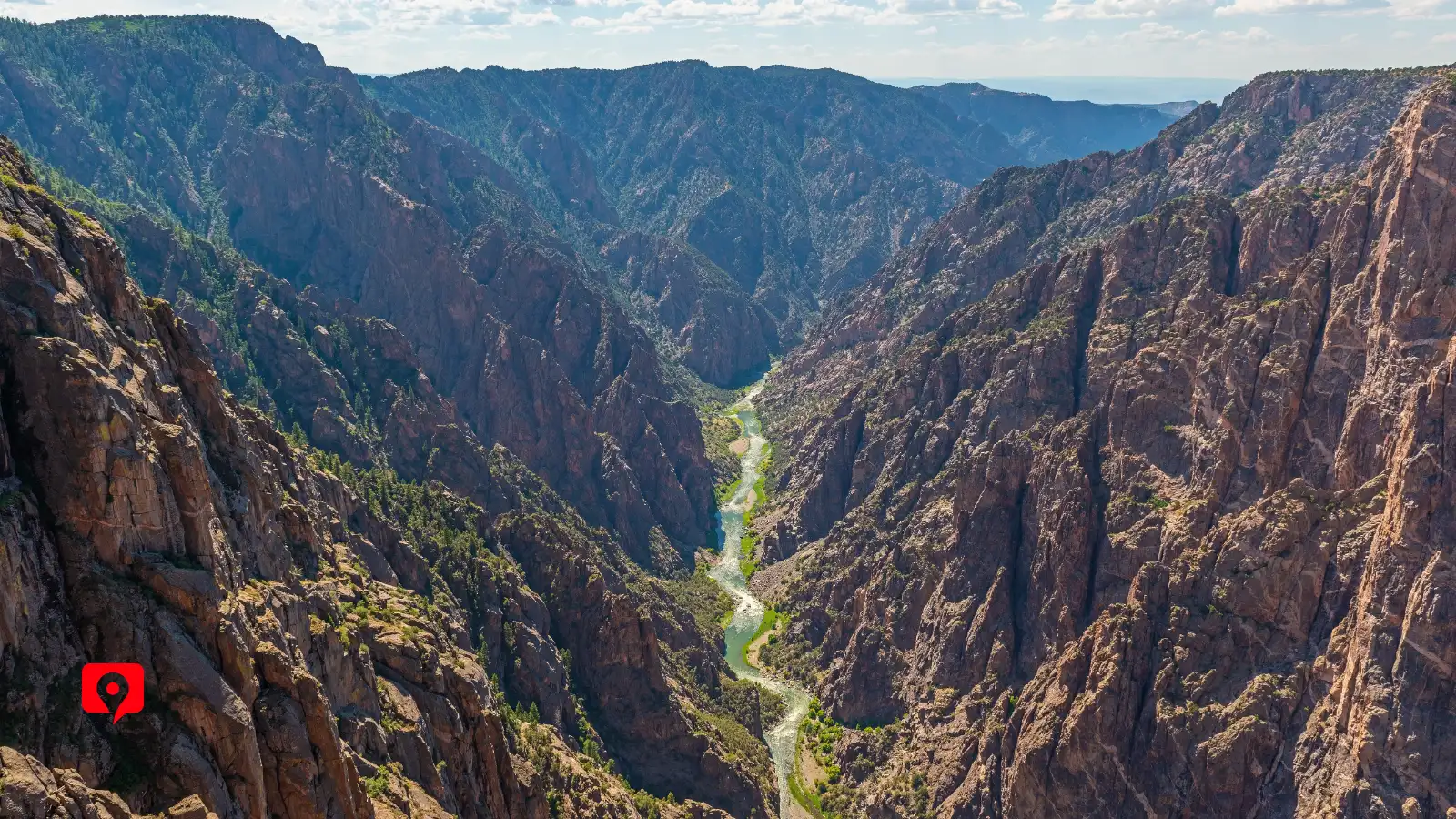
Visiting the South Rim of Black Canyon of the Gunnison National Park offers a captivating experience with time requirements varying based on your interests. For those looking to drive the scenic South Rim Road and enjoy the primary overlooks, approximately 3 to 4 hours should suffice. This timeframe allows you to stop at major viewpoints such as Gunnison Point, Chasm View, Painted Wall, and Sunset View, each offering unique and breathtaking perspectives of the canyon’s dramatic depths.
For visitors interested in a more thorough exploration, consider dedicating a full day. This extended visit enables you to engage in some of the park’s hiking trails like the Rim Rock Trail or the Oak Flat Loop Trail, which provide deeper connections with the natural surroundings. Additionally, participating in ranger-led programs can enhance your understanding of the park’s geology, wildlife, and history, enriching your overall experience at Black Canyon of the Gunnison National Park.

To minimize your exposure to crowds opt for visits during the shoulder seasons, specifically spring or fall, drastically reduces visitor numbers compared to the bustling summer months. Within these seasons, prioritize weekdays over weekends and aim for early morning arrivals. This allows you to experience the park’s iconic viewpoints and trails before the day’s main influx of tourists.
Venturing beyond the easily accessible overlooks is another effective strategy. Hiking trails, even short ones, can lead you into secluded areas where you can appreciate the canyon’s grandeur in relative solitude. For a truly immersive and solitary experience, consider hiking into the inner canyon, provided you have the necessary permits and preparation.
Finally, don’t overlook the potential of a winter visit. While some roads and facilities are closed due to snow, the park transforms into a serene winter wonderland. Snowshoeing and cross-country skiing provide unique opportunities to explore the canyon’s beauty with minimal human presence. Regardless of the season, a mid-week visit will always be less crowded than a weekend visit. By combining these strategies, you can maximize your chances of enjoying Black Canyon of the Gunnison National Park with a more tranquil and personal experience.

Chasm View and Painted Wall View
Chasm View and Painted Wall View are two remarkable overlooks within a national park. Chasm View offers a steep, brief trail leading to stunning views of rock climbers on the north wall of the canyon. Painted Wall View, accessible via an easier trail, showcases the canyon walls adorned with multi-colored stripes created by volcanic activity. Both overlooks provide breathtaking, panoramic vistas, capturing the canyon’s immense scale and geological artistry.
Sunset View
Sunset View is an exceptional overlook known for its breathtaking sunset vistas, making it a favorite spot for photographers. This location offers a unique geological insight as well; the differential erosion between the sunlit North Rim and the shaded South Rim shapes the canyon over time. The South Rim’s prolonged moisture exposure causes faster erosion, a slow yet relentless process that continuously alters the landscape. This overlook reveals how light and time collaborate to sculpt a masterpiece.
Pulpit Point Overlook
Pulpit Point Overlook at Black Canyon of the Gunnison is aptly named for its distinctive rock formation that extends over the canyon rim, reminiscent of a church pulpit. This protrusion offers a unique vantage point, allowing visitors to peer directly into the deep, narrow gorges of the canyon. It’s a popular spot for photography and offers a notable perspective of the canyon’s scale.
Tomichi Point
Tomichi Point at Black Canyon of the Gunnison offers the first dramatic glimpse of the canyon’s depth and grandeur to visitors entering the park. This viewpoint presents expansive vistas of the steep, craggy walls and the distant river below, illustrating the stark beauty and immense scale of the canyon. Easily accessible, it’s an ideal spot for capturing stunning photographs or simply soaking in the awe-inspiring natural scenery.
Gunnison Point
Gunnison Point is a premier viewpoint, offering one of the closest and most striking views of the deep, narrow canyon. A short walk from the visitor center, this overlook provides a panoramic perspective of the Gunnison River as it carves through ancient rock. The sheer cliffs and dramatic drops make it a captivating spot for photography and contemplation.
Cross Fissures View
Located across from the infamous Narrows, where Kolb and Pelton met disaster, this spot offers a unique historical perspective. The area features a half-mile loop, taking about 15 minutes to complete. The Narrows marked the end for many, making this viewpoint a powerful reminder of the canyon’s dangers. Visitors can walk to the edge for an up-close view of this historic site.
The Warner Point Nature Trail is a scenic 1.5-mile round trip hike that offers breathtaking views of the Gunnison River and the surrounding San Juan Mountains. Along the path, interpretive signs provide insights into the area’s geology, flora, and wildlife. The trail culminates at Warner Point, where hikers can enjoy panoramic vistas of the dramatic landscape. It’s an ideal spot for photography and appreciating nature’s majesty.
The Oak Flat Trail is a 1.4-mile loop trail known for its moderately challenging terrain. It offers stunning views of canyon walls and the river below, attracting birders, hikers, and runners. The trail features narrow paths with steep drop-offs, making it unsuitable for those wary of heights. Sturdy footwear and trekking poles are recommended for the climb. Popular from March through October, this trail does not permit dogs. It’s a great spot for wildlife watching and soaking in the natural beauty.
Black Canyon is a haven for wildlife enthusiasts. The varied environments from rim to river support diverse species. Mule deer and elk are commonly seen grazing in the meadows, while black bears are occasionally spotted along remote trails. Bird watchers can look for peregrine falcons, which nest on the canyon cliffs, and the lucky few might spot a golden eagle soaring overhead.
The remote location of Black Canyon makes it one of the best stargazing spots in the United States. The park’s high elevation and lack of light pollution allow for exceptional night-sky viewing. Constellations, planets, and meteor showers are visible to the naked eye, and with a telescope, even more detailed celestial phenomena can be observed. Stargazing programs led by rangers or local astronomy clubs enhance this experience, providing telescopes and expert knowledge to help visitors explore the cosmos.
he Gunnison River within the park is famed for its fly fishing, offering some of the best trout fishing in the country. Accessing the fishing spots requires a steep descent, providing a sense of adventure to the fishing experience. Anglers can catch trophy-sized rainbow and brown trout, but the river’s swift currents and large rocks demand skill and caution. Fishing here isn’t just about the catch; it’s about immersing oneself in an environment where the natural world nearly overwhelms human senses.
Ranger-led programs are invaluable for first-time visitors and seasoned naturalists alike. These programs range from guided walks that interpret the canyon’s ecology, to evening talks at the campground amphitheaters discussing the park’s geology. Rangers share insights into the area’s history, from its geological formation to the cultural significance of the land to Indigenous peoples and early settlers. These programs deepen the appreciation of Black Canyon beyond its visual splendor, offering stories and science that enrich the visitor experience.
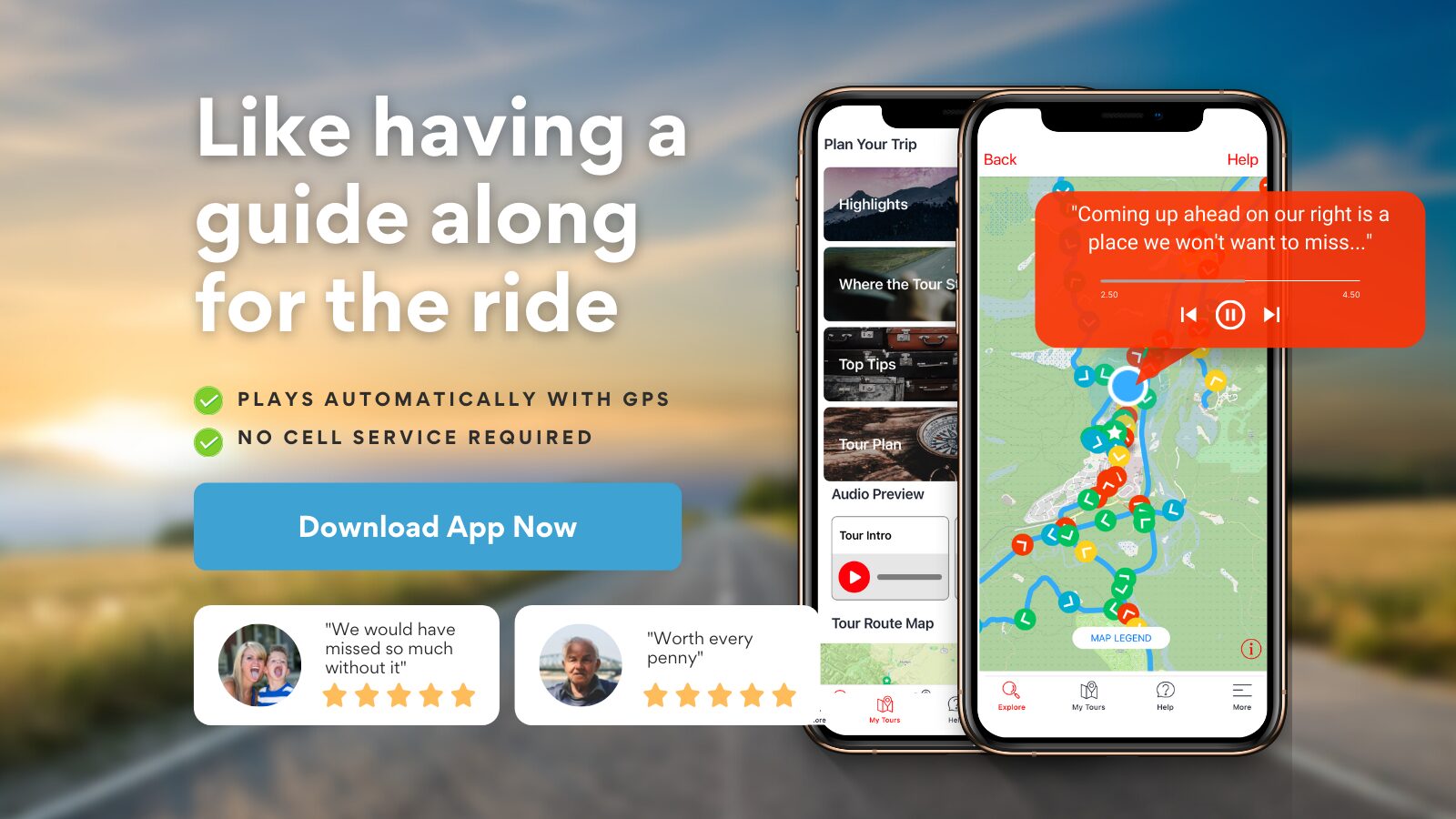
Layered Clothing: Due to the park’s variable temperatures, include a moisture-wicking base layer, an insulating mid-layer (like fleece), and a waterproof or windproof jacket.
Sturdy Footwear: Wear durable, well-broken-in hiking boots for navigating the park’s rugged and rocky terrain.
Daypack: Carry a daypack equipped to hold water, snacks, park maps, a first aid kit, and an emergency kit. Ensure it has good shoulder support.
Sun Protection: High elevation increases UV exposure. Bring sunscreen with high SPF, UV-protective sunglasses, and a wide-brimmed hat.
Water and Snacks: Carry sufficient water and high-energy snacks like trail mix or energy bars due to the dry, high-altitude environment.
Binoculars and Camera: Include a camera and binoculars to capture the scenery and view wildlife. Pack extra batteries or a power bank.
First Aid Kit: A basic first aid kit with bandages, antiseptic, pain relievers, and personal medications is essential for minor injuries or emergencies.
Emergency Kit: Include a whistle, matches, and a flashlight for unexpected situations, given the park’s remote nature.
Trash Bag: Bring a reusable trash bag to ensure you leave no trace, supporting the park’s preservation efforts.
Park Maps and Guides: Carry printed park maps or a GPS device as cellular reception can be unreliable.
Please fill out this form and let us know
17 Mile Drive Acadia ALABAMA Alberta Arches ARIZONA Badlands Banff Kamploos Big Bend National Park Big Island Big Sur Black Canyon Black Hills Boston Ghost Bryce Canyon CALIFORNIA CANADA Canadian Rockies Canyonlands Capitol Reef Catskills COLORADO Colorado National Monument Crater Lake Cuyahoga Valley Death Valley Delicate Arch Everglades FLORIDA Florida Keys Freedom Trail Glacier Grand Canyon Grand Prismatic Grand Teton HAWAII Hidden Valley Honolulu Iceland Iceland Golden Circle Itineraries Joshua Tree Kancamagus Kauai Keweenaw Lake Superior North Shore Lake Tahoe Lassen Volcanic Louisiana MAINE Massachusetts Maui MICHIGAN Miinesota Million Dollar Highway MINNESOTA Montana Monument Valley Mount Lemmon Mount Rainier Mount Rushmore National Park NEVADA New Hampshire New Mexico New River Gorge NEW YORK Niagara Falls NORTH CAROLINA Oahu Ohio Old Faithful Ontario OREGON Oregon Coast Redwood Rocky Mountain Salem Witch Trials Sedona Smokies Snæfellsnes Peninsula SOUTH DAKOTA Tech Tips TENNESSEE Texas Travel Tips Trip Planners Tulum Ruins Trip Planner USA UTAH Videos Waikiki WASHINGTON West Thumb West Virginia White Sands WYOMING Yellowstone Yosemite Zion
